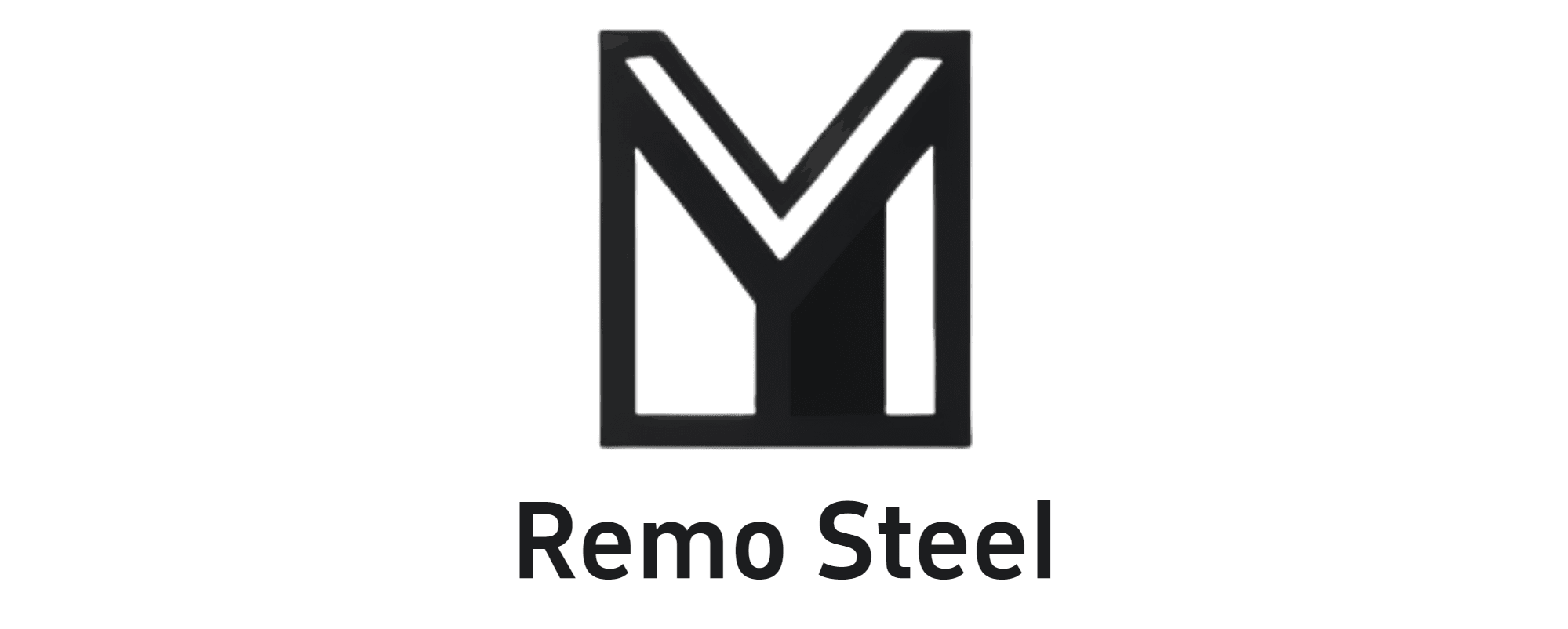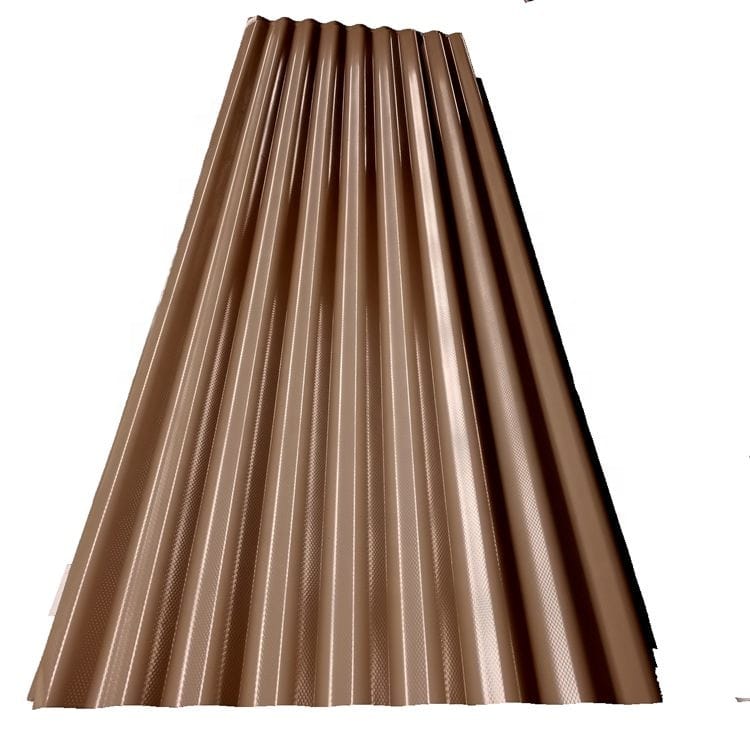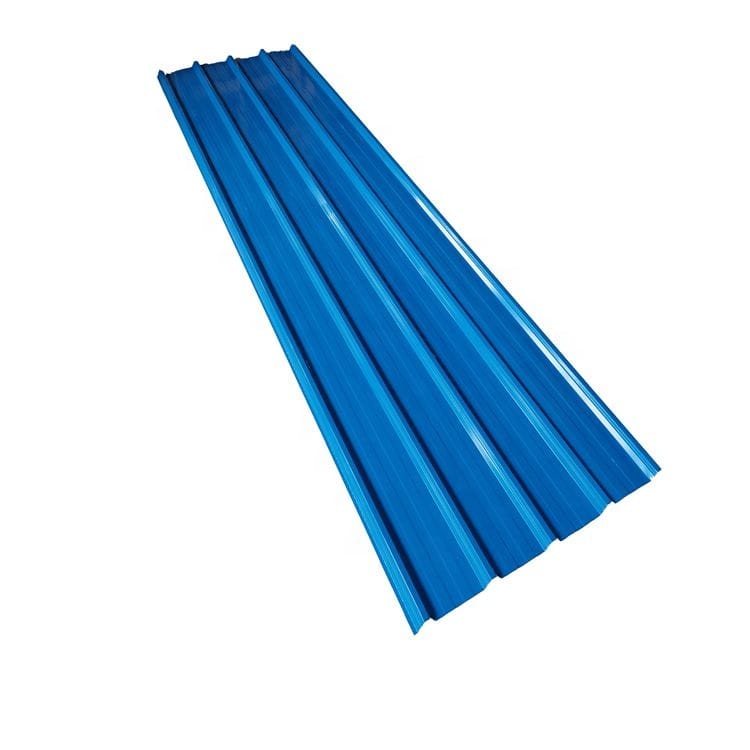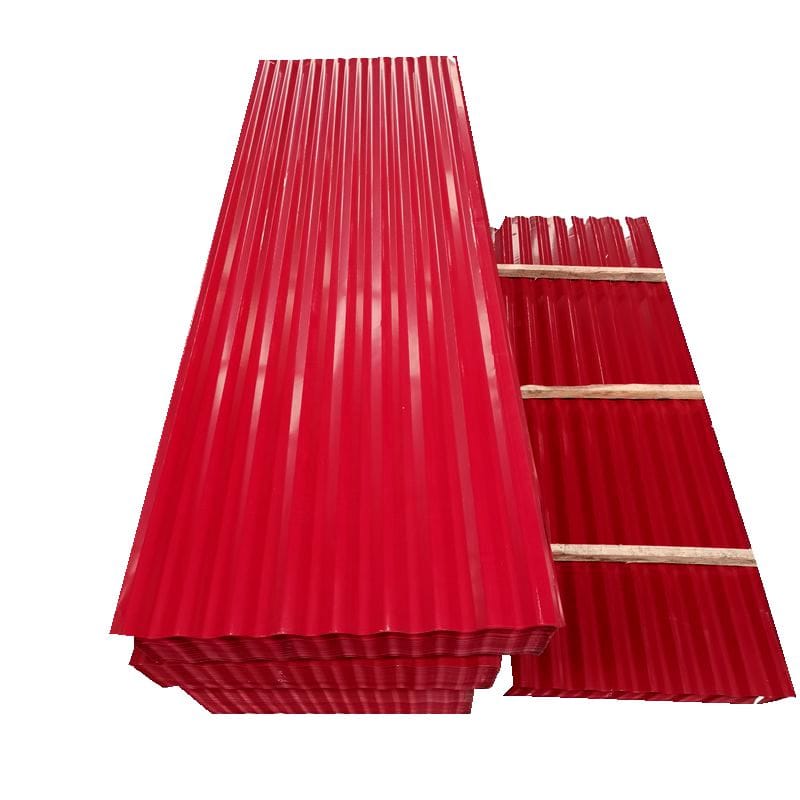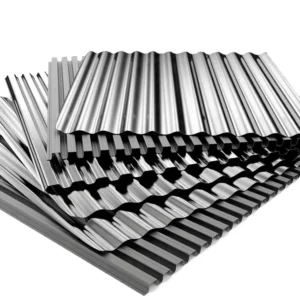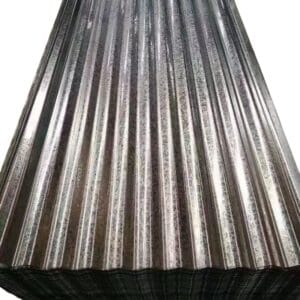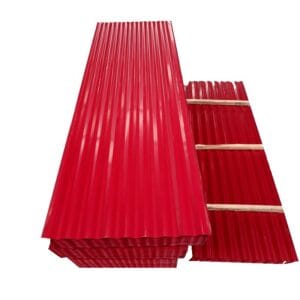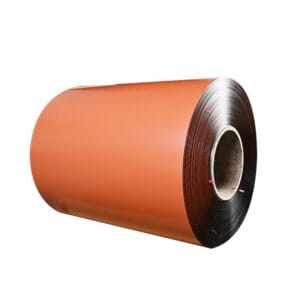Roofing Sheet
Color-coated steel roof tiles are roof covering materials made of galvanized steel sheets, aluminum-zinc alloy coated steel sheets or cold-rolled steel sheets as the base material, coated with organic coatings on the surface and cured by baking, and then processed by a molding process. It combines the strength of metal materials with the decorativeness and weather resistance of organic coatings, and is widely used in building roofs.
Description
Color-coated steel roof tiles are roof covering materials made of galvanized steel sheets, aluminum-zinc alloy coated steel sheets or cold-rolled steel sheets as the base material, coated with organic coatings on the surface and cured by baking, and then processed by a molding process. It combines the strength of metal materials with the decorativeness and weather resistance of organic coatings, and is widely used in building roofs.
Classification of color-coated steel roof tiles
Classification by base material:
Galvanized steel sheet base material
Aluminum-zinc alloy coated steel sheet base material
Cold-rolled steel sheet base material
Classification by coating type:
Polyester (PE): Economical and practical, suitable for general climatic conditions.
Silicon-modified polyester (SMP): Good weather resistance, suitable for moderately corrosive environments.
Polyvinylidene fluoride (PVDF): High weather resistance, suitable for strong corrosion or harsh climate environments.
High weather-resistant polyester (HDP): Performance is between PE and PVDF, with a high cost-effectiveness.
Classification by tile type:
Wavy tile (corrugated tile)
Trapezoidal tile
Antique tile
Flat tile
Classification by use:
Civil building roof tile
Industrial building roof tile
Agricultural building roof tile
Process of color-coated steel roof tile
Substrate preparation: Select galvanized steel plate or aluminum-zinc alloy steel plate as the substrate to ensure corrosion resistance.
Surface treatment: Clean the surface of the substrate, remove oil and oxides, and improve the adhesion of the coating.
Coating: Apply the organic coating evenly on the surface of the substrate by roller coating or spraying.
Baking and curing: Baking at high temperature to cure the coating to form a solid coating.
Forming: Process the color-coated steel plate into the required tile shape (such as wavy, trapezoidal, etc.) through the press equipment.
Cutting and packaging: Cut into specific sizes according to needs and package.
Features of color-coated steel roof tiles
Lightweight and high strength: Light weight, easy to transport and install, and have high mechanical strength.
Corrosion resistance: Double protection of substrate and coating to extend service life.
Weather resistance: The coating can resist harsh climatic conditions such as ultraviolet rays, acid rain, wind and snow.
Decorativeness: A variety of colors and surface textures are available to meet the needs of different architectural styles.
Fire resistance: The metal substrate has excellent fire resistance.
Environmental protection: Recyclable and meets the requirements of green buildings.
Economic efficiency: Long service life and low maintenance cost.
Uses of color-coated steel roof tiles
Civil buildings: Used for roof coverings of houses, villas, apartments, etc., providing beauty and protection.
Industrial buildings: Used for roofs of large-span buildings such as factories, warehouses, and workshops.
Agricultural buildings: Used for roofs of agricultural facilities such as greenhouses, farms, and granaries.
Public facilities: Used for roofs of public buildings such as schools, gymnasiums, and exhibition halls.
Temporary buildings: Used for roof coverings of temporary sheds, mobile cabins, etc. that are quickly built.
Color-coated roof tiles are widely used in many fields such as construction, home appliances, and transportation due to their excellent performance and diverse applications. Its corrosion resistance, strong decorativeness, and good mechanical properties make it an indispensable material in modern industry and construction.
